Tips for looking after a turbocharged car seem to be more and more sought after these days.
That’s hardly a surprise. As part of the overall global push for automotive efficiency, turbocharging has become almost synonymous with modern engine design. There are far more cars on the road carrying turbos under the bonnet than there used to be.
This has led to a proliferation of articles and videos that give advice on how to care for your turbocharged car, giving tips from warming up and cooling down your engine before and after you drive, to ensuring you use the correct octane fuel, being careful on the throttle and making sure you select the correct gear. Failure to do so, they warn, can damage your turbo and engine.
But the vast majority of people aren't perusing sites such as this one for advice on turbo care. So what are manufacturers doing about it? Will failure to follow this advice really cause damage to modern cars, or are all these tips outdated with the rise of modern technology?
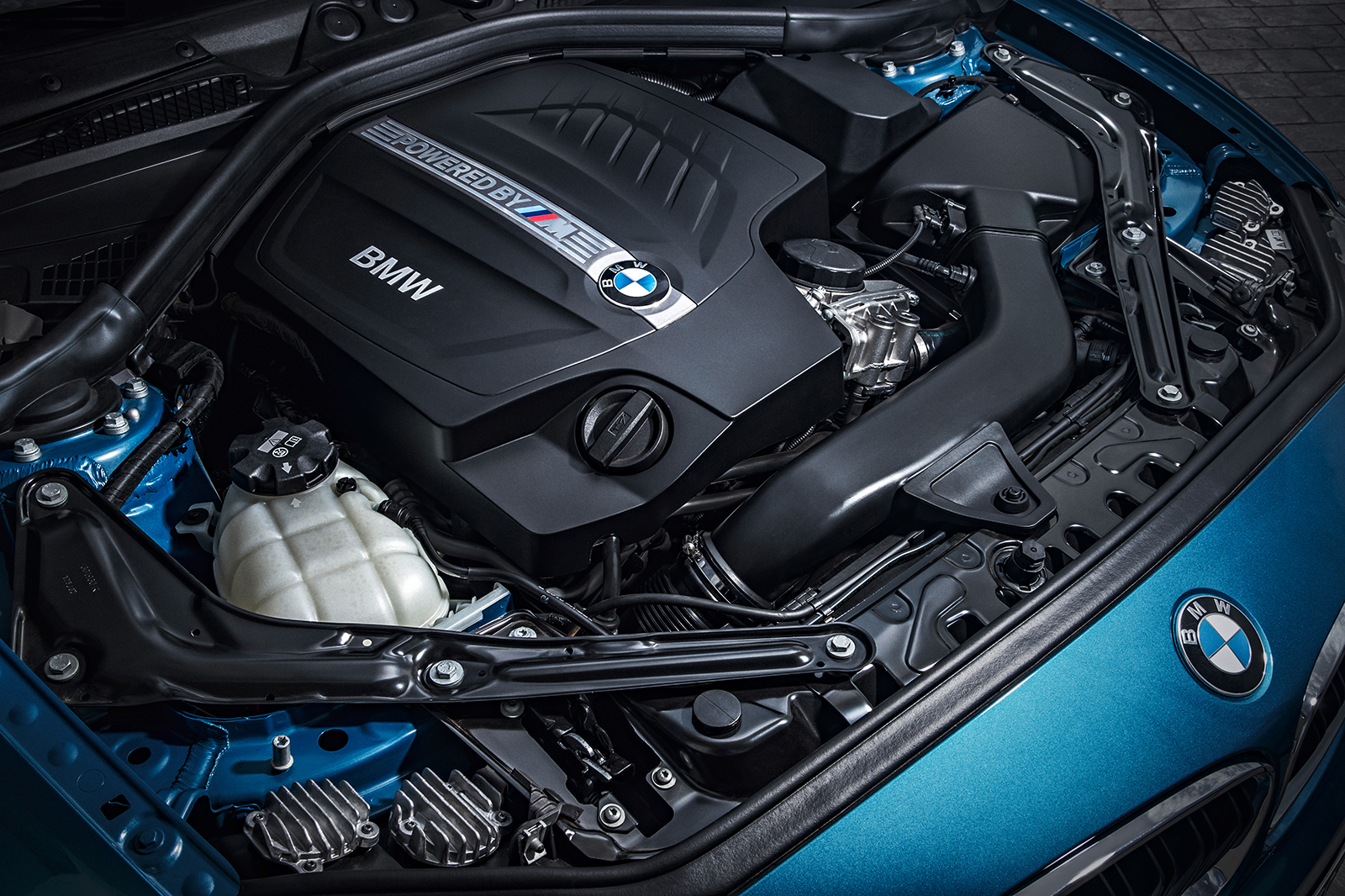
The general consensus from manufacturers is that modern cars are tested to such extremes that there’s not much you could do to a new turbocharged engine that would cause any problems. For older cars, many of the tips given above are true, but today, software systems are such that they neutralise any driver input that could start shredding internals under the bonnet.
“Historically, we would provide advice on turbo cars,” said a spokeswoman from BMW. “However, we no longer suggest specific tips to our customers who drive these cars.”
Audi’s spokesman agreed, albeit more cautiously. “Contemporary turbocharged Audi engines don’t require the special precautions or operating procedures that were necessary for older units,” he said. “But we do of course recommend that owners observe the general guidelines for minimisation of wear and tear, and also of emissions, which are essentially applicable to all engines.”
Such guidelines generally be summed up as “look after your car properly”. Although technology has come a long way, cars are still complicated bits of machinery with complex mechanical components, and they need regular maintenance and TLC. The details of this will be listed in the car’s manual, but the basics involve sticking to the recommended service intervals and checking and replacing fluids as necessary.
But when it comes to turbos specifically, there’s not much to worry about, as Citroen’s parts and service UK technical operations manager, Ian Sedgwick, explains.

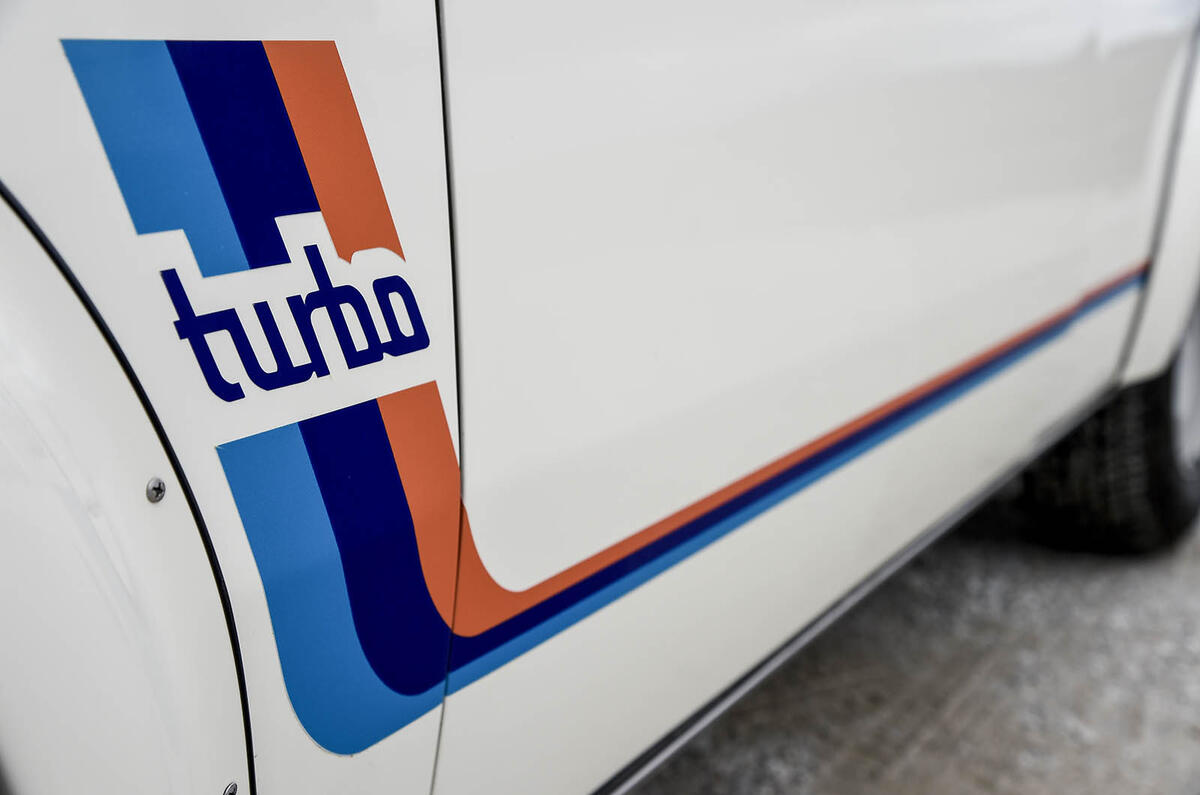

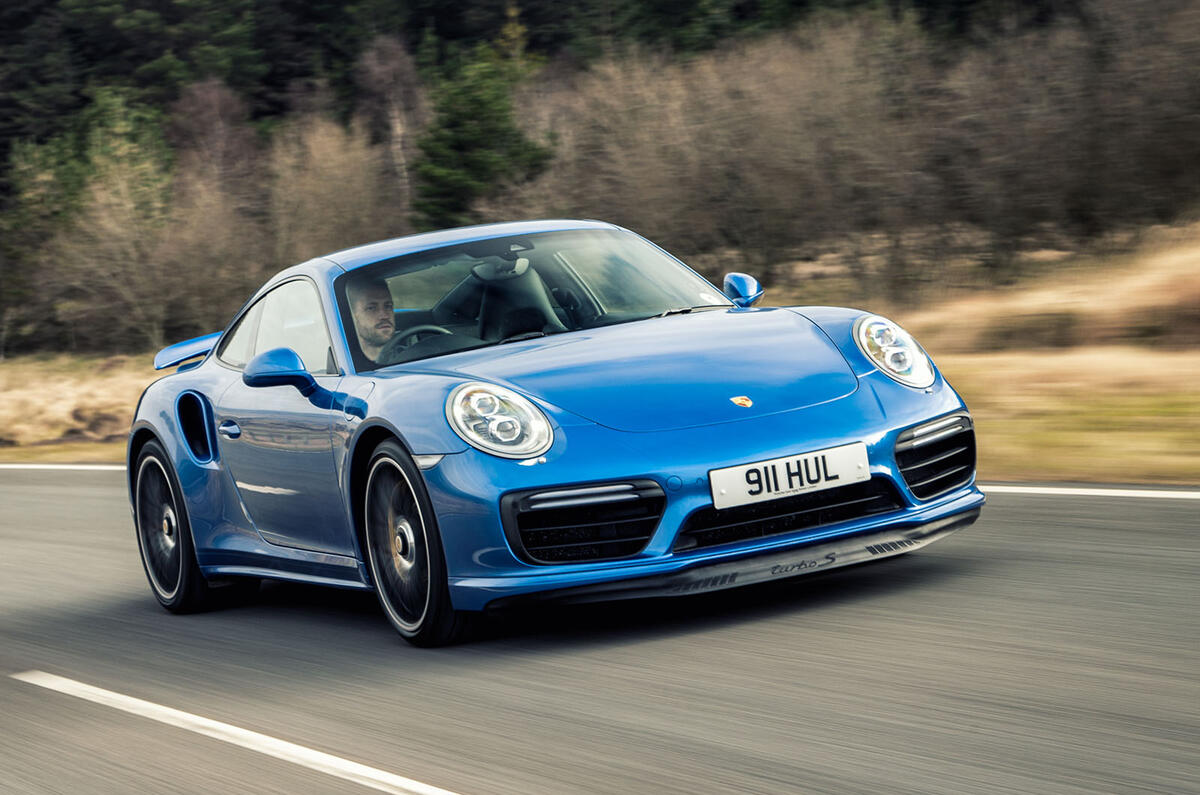
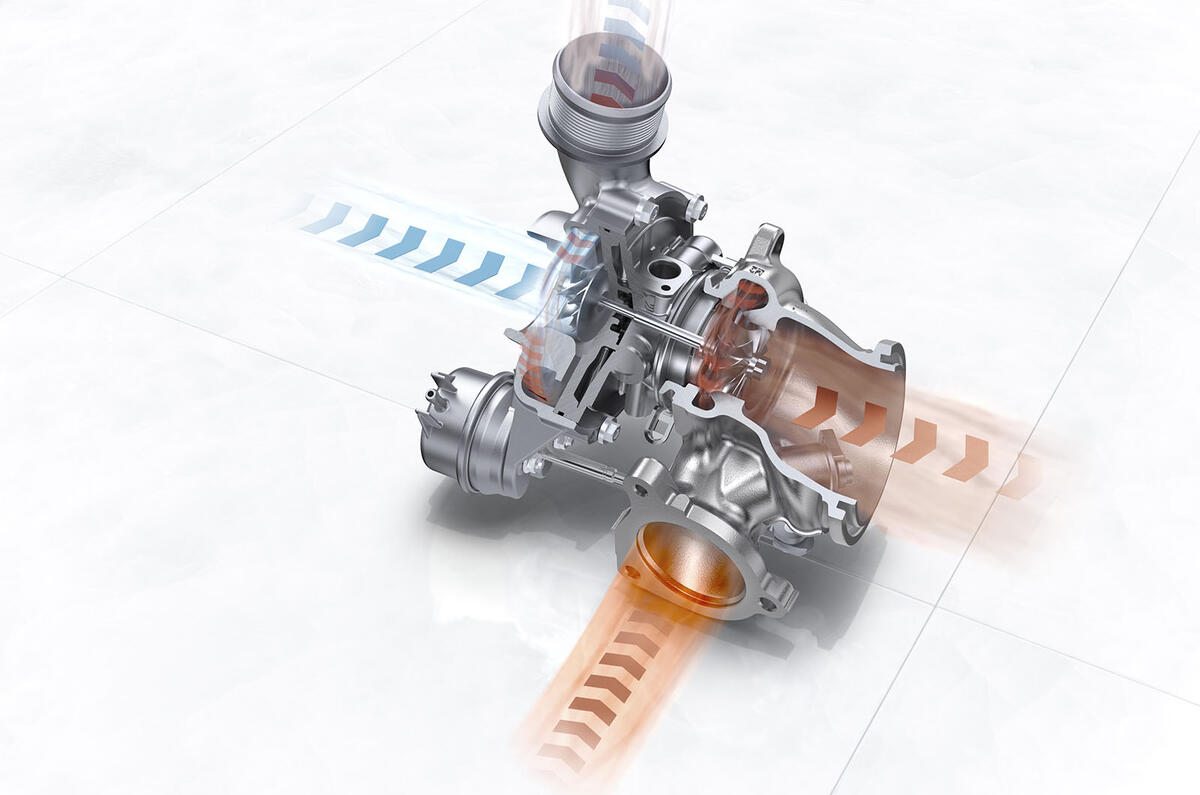
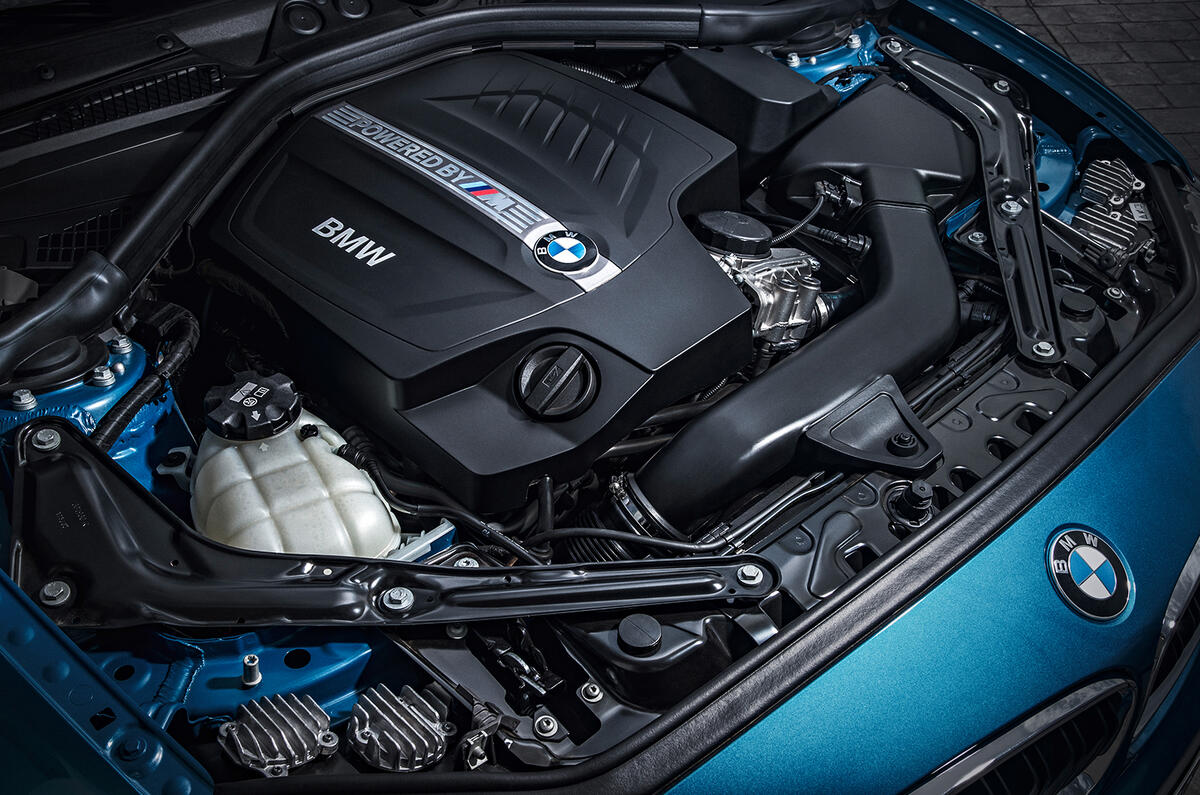
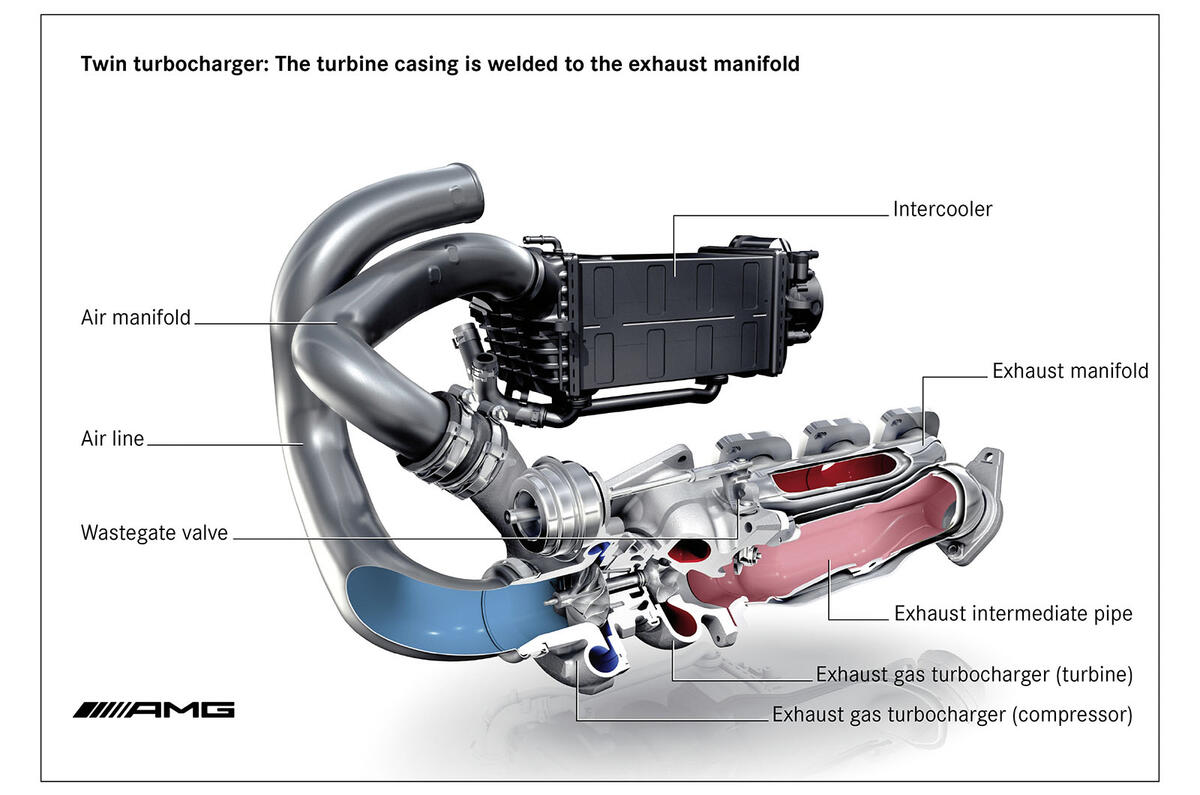



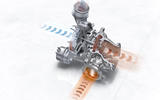
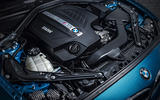



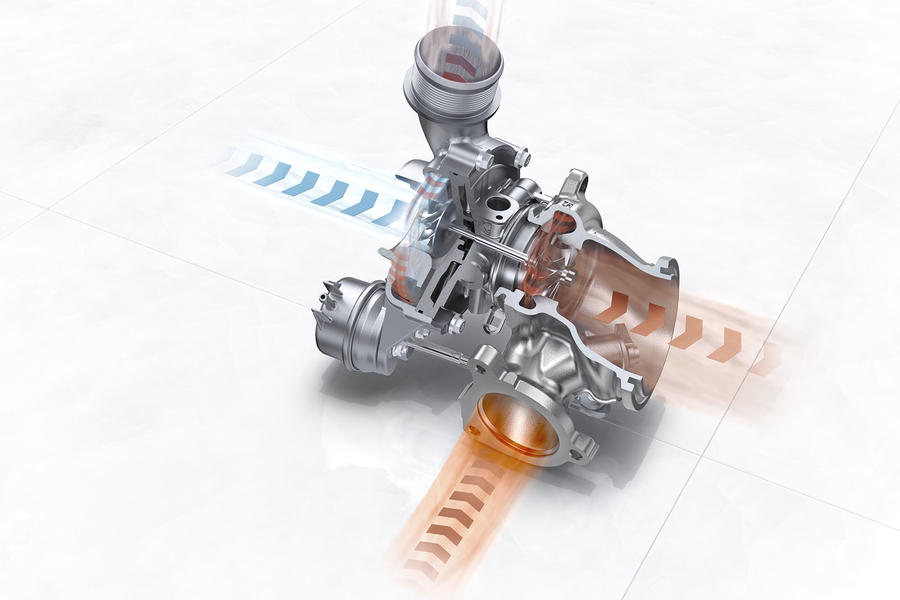


Join the debate
Add your comment
Make 6,000 dollar to 8,000 dollar. qjk A Month Online With No Prior Experience Or Skills Required. Be Your Own Boss And Choose Your Own Work Hours.Thanks A lot Here.......... Moneystar1.com
Back in the day the Renault GT turbo had a electric fan on the solex carburettor to stop hot start issues due to under bonnet heat build and the particular evaporation requirements of UK fuel. At that time it was common knoweledge not to come off a high speed run and turn the cars off otherwise you'd get "heat soak" and possible damage the turbo bearings. I would still let the car cool down and it's never a good idea "to get into" any combustion engine before it's nicely warmed through. Making the turbo engine out from a cast iron design from 1963 isn't going to make a comeback for general robustness though, better to let the aluminum block warp after warranty.
TURBO'S